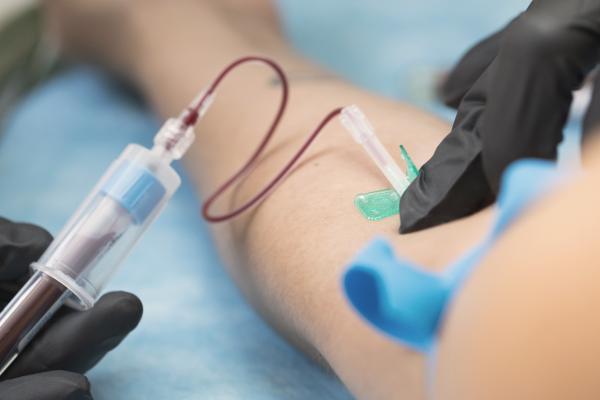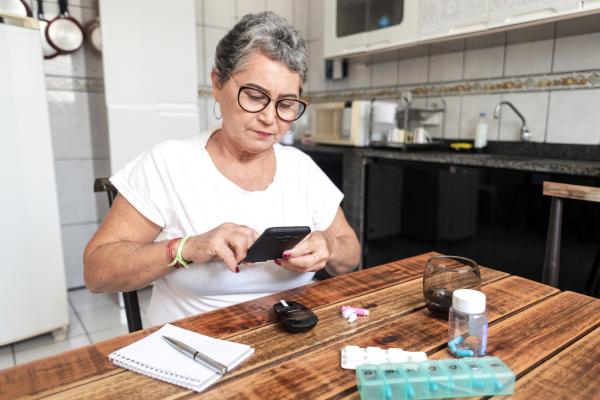
Study results show that health literacy tools could be understood better and used more often to identify patients who may be confused about their medication.
Something that can keep pharmacists like Dr. Karen Dahri up at night is the possibility that a patient might not be taking his/her medication regularly and properly. This concern prompted the Vancouver Coastal Health Research Institute researcher to investigate how pharmacists are screening for low health literacy.
“In Canada, approximately 60 per cent of adults and 80 per cent of seniors have low health literacy, which can impact such things as whether or not they take their medication properly.”
Health literacy is a person’s ability to access, understand and use information to promote and maintain good health1. People with low health literacy may have difficulty accessing health services, managing their health and understanding health information to an extent that it may hinder their ability to make informed health decisions.
Dahri’s research, published in BMC Health Services Research in May 2020, involved surveying 131 pharmacists who, like her, work in a hospital setting. Of those surveyed, 84 per cent understood the concept of health literacy. However, only 53 per cent of respondents assessed patients’ health literacy and less than that (40 per cent) knew how to support patients with low levels of health literacy.
While some patients may be able to skip a dose of their medication without significant health repercussions, others who, for example, miss a few doses of heart medication could wind up in the emergency department with a life-threatening condition.
“Studies have found that someone with low health literacy is at greater risk of poorer health outcomes and is more likely to use the emergency department.”2,3,4
For her study, Dahri shared an instructional video that explained the concept of health literacy, how to assess low health literacy and strategies pharmacists can use to counsel patients with low health literacy.
Almost all of the 39 participants who responded to the post-video survey said they better understood the concept of health literacy, and 64 per cent said they would now incorporate it into their practices.

Health literacy questionnaires take little extra time and can save lives
74 per cent of the pharmacists who responded to Dahri’s initial survey identified time constraints as the primary barrier to assessing patients’ health literacy.
“The role of pharmacists has expanded in recent years, which has had the advantage of extending the scope of practice,” says Dahri. “However, this has also put a strain on pharmacists’ time and ability to juggle competing priorities.”

In busy hospital settings, pharmacists are active on units, working closely with physicians and other health professionals to provide care to patients. Some community based pharmacies now offer immunization clinics. In addition, a pharmacist’s workload now involves evaluating an ever-expanding number of medications to serve an aging population that has a greater number of comorbidities and complex care needs.
“As medical advances continue to extend lifespans and expand treatment options, more patients will be prescribed multiple medications with potential interactions and side effects.”
A health literacy questionnaire—such as the Rapid Estimate of Adult Literacy in Medicine (REALM)—can be a relatively quick way to screen for patients who may need additional information or support to take their medication and prevent a negative health outcome, says Dahri.
Alternative approaches, such as the teach-back method, can also be effective ways to evaluate and address low health literacy. The teach-back method involves asking patients to repeat back to their attending pharmacist what they learned about their medication.
“Administering a health literacy questionnaire and using health literacy enhancement tools can become second nature with time,” states Dahri. “These approaches often take only a few extra minutes, and support the proper use of medication, as well as better health outcomes for patients.”
1 World Health Organization - Health literacy and health behaviour
2 Is Low Health Literacy Associated with Increased Emergency Department Utilization and Recidivism?
3 Potentially Preventable Use of Emergency Services: The Role of Low Health literacy
4 Low health literacy and health outcomes: an updated systematic review


